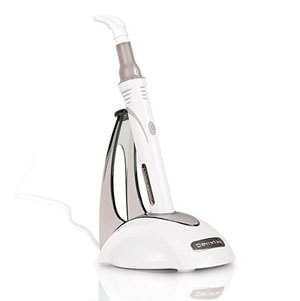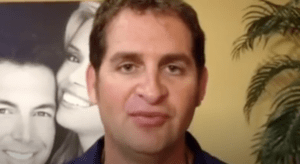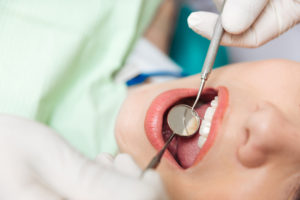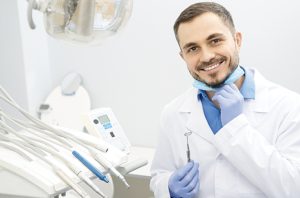Oral sedation dentistry is a health procedure that involves the management of sedative medications through an oral path, normally to assist a dental procedure and lessen patients anxiety that are associated with the experience. Oral sedation is considered to be one of the available techniques of conscious sedation dentistry, in conjunction with gas sedation and conscious IV sedation.
Benzodiazepines are frequently used, in particular triazolam. Triazolam is frequently chosen for its quick onset and restricted duration of impact. The starting dose is typically taken about one hour before the dental meeting. Treatment may involve further dosing on the night before the procedure, to alleviate anxiety-associated sleeplessness. The process is generally accepted as safe, with the efficient dosages being lower than levels adequate to weaken breathing.
There are different forms and levels of sedation varying from Nitrous Oxide sedation (which has a soothing effect) to A General Anesthetic (which stimulates complete sleep). Oral sedation represents a form of conscious sedation (which means that the patient is wide awake) using oral medicine to stimulate a relaxing atmosphere, anesthetized, and slightly sleepy state.
The oral medicine used for Conscious Sedation in the subject area of Dentistry is derived from one group of drugs commonly referred to as benzodiazepines. Aside from the hypnotic and calming effects of this medication, it generates a smaller degree of memory loss for most individuals. Patients may recall little or nothing else about their dental visit.
For an adult Halcion (triazolam) is the medication of selection as it acts rapidly, offers a profound level of relaxation, and the special effects normally last for 1.5-2 hours. Triazolam is a medication with a lengthy track record that has a wide range of uses (most widely prescribed for restlessness).
In comparison to the General Anesthesia where you are in full oblivion, not being able to respond, and usually without typical protective impulses. Oral Sedation allows you to react to instructions and keep breathing by yourself.
Although Triazolam is extremely safe, it may interact with other drugs. Halcion must not be mixed with specific other medications such like other sedatives or liquor. Furthermore, do not take this medication with antibiotics or grape juice (or products containing grapefruit juice). If you have any questions regarding existing treatments you may be getting and how they might respond with Halcion, please inquire…
You may be required to seek advice from your pharmacologist or medical physician. You must not take Halcion if you suffer from liver or kidney illness, if you’re pregnant or breast breast-feeding, or if you are having an allergic reaction or are oversensitive to benzodiazepines. Please be sure to check with your opthamologist prior to taking Halcion should you have any glaucoma. The physician also needs to understand whether or not you have difficulty sleeping, pulmonary disease, or weakness.
On the Day of surgery:
Arrive at the office one hour before your appointment. On the arrival the blood pressure and vital signs will be verified and you will have to take one pill (0.25mg). If you aren’t feeling comfortable enough prior to your appointment, another second dose may be offered. It is essential that you understand the therapy you are to get, alternate options, and all the associated fees before the sedation.
The dentist will have to have your informed consent before he is able to treat you; and require that you sign a medical care plan and written permission form… For understandable reasons, any questions you might have need to be addressed when you’re not sedated and prior to your appointment.
If your appointment is very brief, you might need to stay at the office for checking until a medical criteria has been satisfied for the dentist to let you leave. The dentist will assess your health status and make certain that you are woken up, alert, steady, and that the following effects of the sedation are marginal and receding Please intend to be in the office for 2.5-3 hours and be ready to stay for an extended period if necessary.
When you are done and get back home, anticipate to feel fatigued and perhaps snooze. The impacts of the sedative will take over 10 hours to be completely out of your own system. You will no longer be able to lawfully drive during this period.
During this time the best thing to do is to have somebody with you to offer back-up child care and other help as required.
Additional information:
Do NOT consume a large/heavy dinner for many hours before the operation. Though you should stay awake and alert, dentists plan for the chance that you might become more sedated than required.
A profoundly sedated or insensible patient is not able to react naturally to the potential dangers such as sickness. Fasting reduces the chance of nausea and suctioning stomach contents in the lungs and makes the medication more predictable.
















